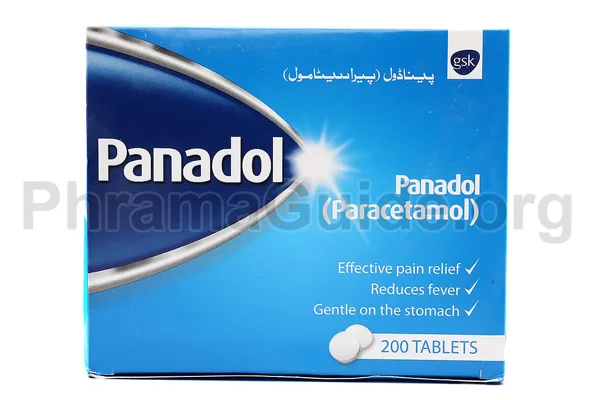Panadol is a commonly used over-the-counter pain reliever and fever reducer. It is generally considered safe when taken at recommended doses. However, like all medications, Panadol can have side effects, both common and less common.
Common Side Effects
- Nausea and upset stomach: Some people may experience mild stomach discomfort or nausea after taking Panadol. Taking it with food or a glass of water can help alleviate this.
- Allergic reactions: Some individuals may develop an allergic reaction to Panadol, which can include skin rashes, itching, swelling, and difficulty breathing.
- Liver problems: Panadol is metabolized in the liver, and excessive or prolonged use can lead to liver damage. This is more likely when taken in doses exceeding the recommended amount or in cases of overdose.
Less Common Side Effects of Panadol
- Blood disorders: In rare cases, Panadol has been associated with blood disorders, such as thrombocytopenia (low platelet count) and leukopenia (low white blood cell count). These can lead to an increased risk of bleeding or infection.
- Kidney problems: There have been reports of kidney damage associated with long-term, high-dose use of Panadol. Individuals with pre-existing kidney problems may be at higher risk.
- Difficulty breathing: Some individuals may experience breathing difficulties or bronchospasm as a result of an allergic reaction to Panadol.
- Digestive issues: Although not common, Panadol may cause digestive problems like diarrhea or constipation in some people.

What is Panadol?
Panadol is one of the leading brands of Paracetamol, manufactured and marketed by GSK Pharma Pakistan.
Panadol : Available Formulations and Strengths
Presently, Panadol is available in Tablet, Drops, and Suspension Forms
Panadol Tablet : 500mg Strength
Panadol Drops : 60mg/5ml
Panadol Suspension : 120mg/5ml
What Are The Possible Drug Interactions of Panadol?
- Warfarin and other blood thinners: Panadol may increase the risk of bleeding when taken concurrently with blood-thinning medications like warfarin. It’s important to monitor your INR (International Normalized Ratio) if you are on warfarin and using Panadol.
- Alcohol: Consuming alcohol while taking Panadol can increase the risk of liver damage. Both alcohol and Panadol are metabolized by the liver, and combining them may put additional stress on this organ.
- Other medications containing Paracetamol: It’s important to be cautious when using multiple products that contain Paracetamol at the same time. Taking excessive doses of Paracetamol can lead to liver damage. Always check the labels of over-the-counter and prescription medications to ensure you are not inadvertently exceeding the recommended dose.
- Medications that affect liver function: Certain drugs that affect liver function, such as some antibiotics, antifungal medications, and anticonvulsants, can interact with Panadol and potentially increase the risk of liver toxicity.
- Medications that induce liver enzymes: Some medications, like certain antiepileptic drugs, can induce liver enzymes, which may increase the rate at which Panadol is metabolized. This could lead to reduced effectiveness of Panadol.
- Cholestyramine: This medication, used to lower cholesterol, can reduce the absorption of Panadol, potentially making it less effective.
- Zidovudine (AZT): Zidovudine, an antiretroviral medication used to treat HIV, may increase the risk of certain side effects when taken with Panadol.
- Rifampicin: This antibiotic can increase the rate at which Panadol is metabolized, potentially reducing its effectiveness.
- Isoniazid: An antibiotic used to treat tuberculosis, isoniazid may increase the risk of liver toxicity when taken with Panadol.

Leave A Comment